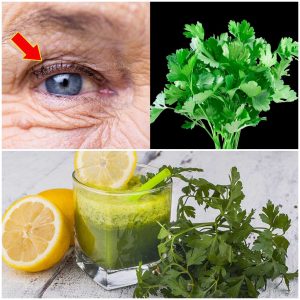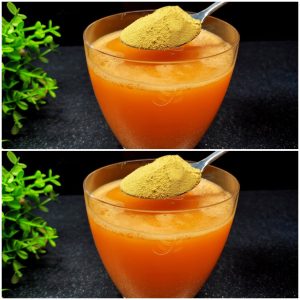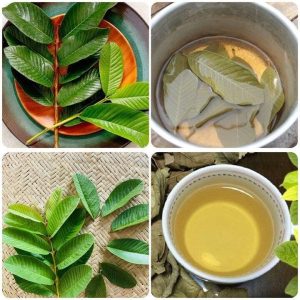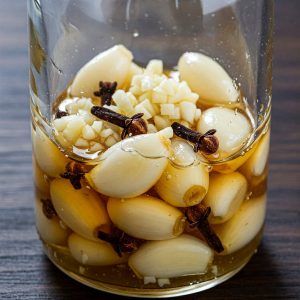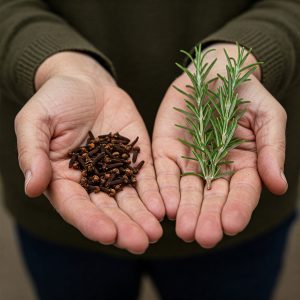5 natural remedies to treat nail fungus
as, swimming pools or dance halls. If left untreated, the fungus can spread and colonize the nail and the keratin that composes it. This is called onychomycosis.
In rarer cases, fingernails can also suffer from this infection, particularly in individuals in regular contact with water. Yeasts are mainly responsible, but it also happens that the nails are infected by mold.
How to recognize nail fungus?
At the start of the fungus, the nail begins to become dull. Its coloring changes over time and takes on a yellowish or whitish tint. It can also thicken, become hard, and then eventually crumble. Distolateral nail involvement is the most common, according to Dr. Cogrel. This results in the appearance of a yellow stain on the front of the nail before extending towards its matrix.
5 natural remedies to treat nail fungus
Varnish, antifungal treatment, cream or surgical removal of the nail in the most extreme cases, once onychomycosis sets in, can prove debilitating and take several months to heal. For this reason, it is imperative to act quickly as soon as the first signs of infection appear. These natural remedies are indicated for early treatment and are among the most effective grandmother’s tips for treating nail fungus. Let’s review them:
1. Garlic
Garlic is a useful natural ally in cases of onychomycosis. Its effectiveness is due to its formidable antifungal properties, as shown in this study, which suggests its use as an alternative treatment for nail fungus. To use it, crush a clove of garlic and mix it with white vinegar. Spread this mixture on the infected nail, cover with a bandage and leave to act for a few hours. The operation will have to be repeated daily until the infection disappears.
2. Baking soda
Ideal for combating moisture between nails and promoting healing, baking soda has a plethora of benefits for the skin. According to a study published in Mycopathologia, it also has antifungal properties capable of fighting against the agents responsible for these infections. To benefit from it, simply immerse your feet in a basin filled with water and add 3 tablespoons of baking soda. Let your tootsies soak for 15 minutes every evening for optimal results.
3. Tea tree oil
Antiseptic, disinfectant and antifungal, tea tree essential oil has many useful benefits for treating onychomycosis. A study on its effectiveness in combination with vitamin E, essential oil of oregano and lime indicates that it presents an effective local treatment for this condition.
Before using it, perform an allergy test in the crook of your elbow to avoid any risk of irritation. If you do not observe any harmful effects, proceed to apply 1 to 2 drops of pure tea tree oil to the affected nail, then leave it on for 15 to 20 minutes before rinsing. The nail must first be cleaned and lightly filed on the surface for the product to work optimally.
4. Apple cider vinegar
Fearsome in cases of athlete’s foot but also onychomycosis, cider vinegar has the advantage of being on hand for regular treatment. Its benefits are linked to its pH regulation which limits the risks of proliferation of fungi and bacteria and to its antiseptic action. To benefit from its benefits, mix it in equal parts with water in a basin and soak the affected nails in it for 15 to 20 minutes every evening. Then be sure to dry your feet thoroughly.
5. Lemon juice
Recommended to prevent the development of fungi, lemon juice is an effective natural solution to promote the healing of nail fungus. Thanks to its citric acid content highlighted by this study, citrus fruit acts on the nail and slows down the development of germs. Simply squeeze a lemon and apply its juice using a cotton swab to the nail in question. Leave it on for a few minutes before rinsing.
Caution:
Natural remedies are not a substitute for the advice of your doctor. Onychomycosis must be treated for several months for complete elimination of the responsible fungi. Always seek advice from a healthcare professional before opting for a natural treatment.
